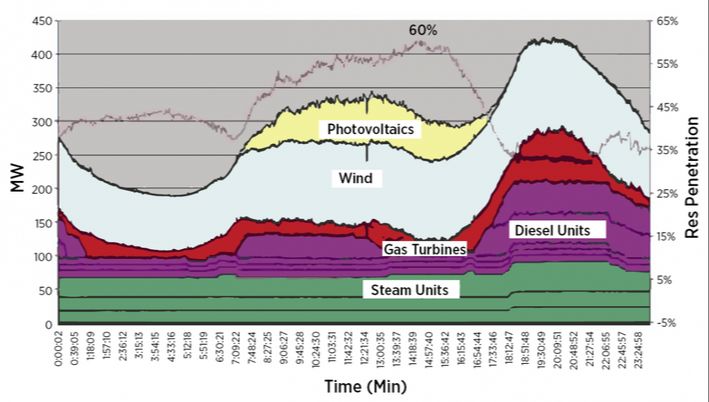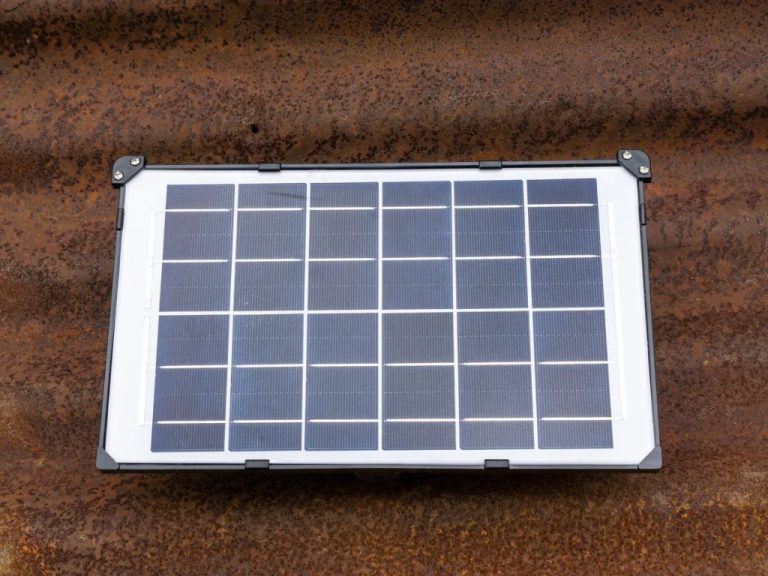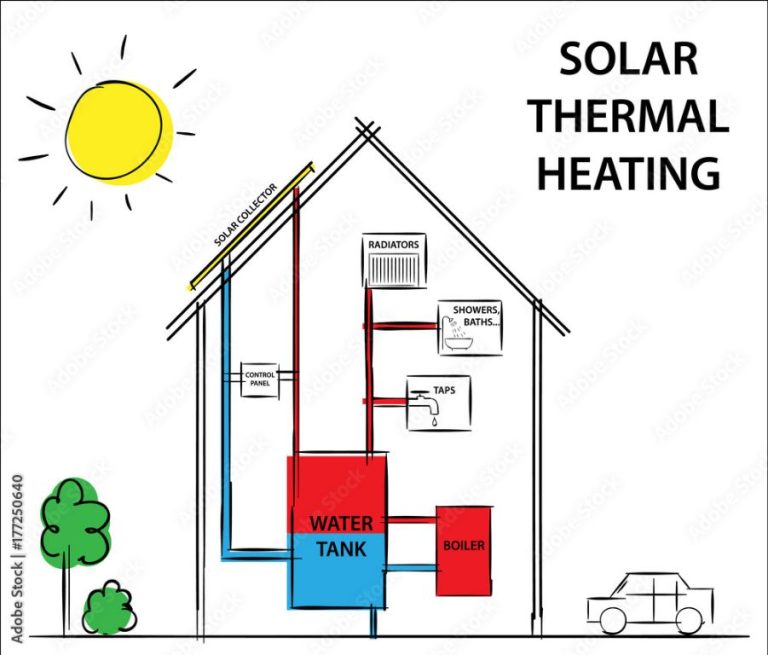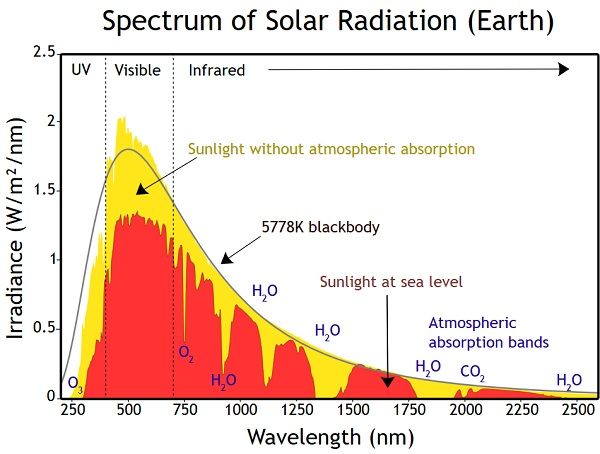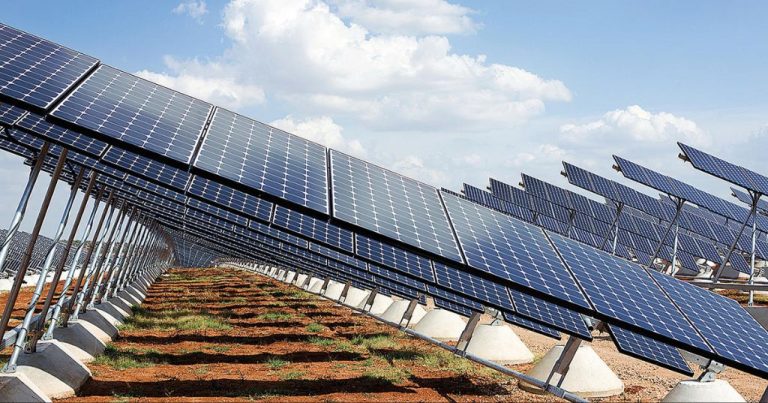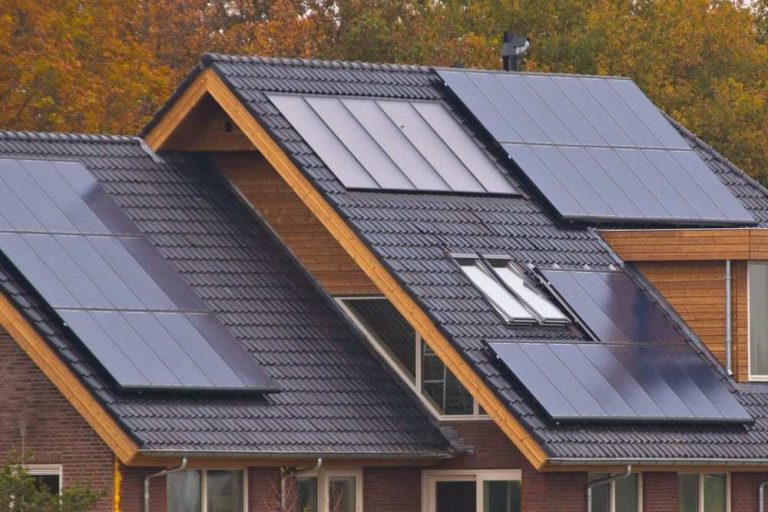What Is Renewable Energy Such As Solar Power?
Renewable energy sources like solar, wind, and hydro power have become increasingly important as countries around the world look to reduce their dependence on fossil fuels and move towards cleaner forms of energy. Renewable energy comes from natural sources or processes that are constantly replenished, making them a sustainable long-term solution to meet energy needs while reducing greenhouse gas emissions.
Some of the most common and widely used forms of renewable energy today include:
- Solar power – Converts energy from sunlight into electricity using photovoltaic cells.
- Wind power – Converts kinetic energy from wind into mechanical power or electricity using wind turbines.
- Hydropower – Generates electricity by using turbines to convert the energy from flowing water.
- Geothermal – Uses heat from inside the earth to provide heating or generate electricity.
- Biomass – Produces energy from organic materials like plants, agricultural waste, or garbage.
Transitioning to renewable sources represents a major shift in how we produce and consume energy. Understanding both the promise and challenges of these technologies is key for creating more sustainable energy systems.
What is Solar Power?
Solar power is a form of renewable energy that harnesses the sun’s energy and converts it into electricity. This conversion occurs through the use of solar photovoltaic (PV) panels or solar thermal collectors. Solar PV panels contain solar cells made of semiconducting materials like silicon that absorb sunlight and convert it into direct current (DC) electricity.
Solar PV systems range from small rooftop panels that provide energy for a single home, to large utility-scale solar farms that provide energy for thousands of homes. The electricity generated can be stored in batteries or fed back into the grid. Solar thermal collectors concentrate the sun’s energy to heat fluids that produce steam to spin turbines for electricity generation.
Overall, solar power provides a clean and renewable way to harness the sun’s abundant energy and convert it into electricity with zero emissions. The development of solar power technology allows homes, businesses, and utilities to reduce their dependence on fossil fuels and transition to cleaner energy sources.
Benefits of Solar Power
Solar power offers many important benefits that make it an appealing renewable energy source. First and foremost, it is a clean, renewable source of energy that does not produce any emissions or toxic waste. Unlike fossil fuels, solar energy production does not contribute to air or water pollution.
Solar power allows for the generation of electricity without the extraction and combustion of finite fossil fuel resources. By turning to abundant solar energy, we can reduce our reliance on coal, oil, and natural gas. This increases energy independence and security for communities with strong solar infrastructure.
In addition, solar power significantly reduces carbon emissions that drive climate change. Solar panels generate electricity without releasing greenhouse gases that warm the planet. Widespread adoption of solar power accelerates the transition away from high-emission energy sources, helping combat the climate crisis.
Furthermore, solar energy offers an incredibly abundant resource. The sun provides far more energy to the Earth in an hour than humanity uses in an entire year. Solar technology allows us to tap into this virtually unlimited source of energy. Once solar power systems are constructed, they can generate emissions-free electricity for decades. For regions with high solar irradiation, solar power presents an exceptionally promising renewable energy source.
How Much Does Solar Power Cost?
The cost of installing solar panels on homes or businesses has dropped dramatically over the past decade, making solar power more affordable and accessible. The average cost to install a home solar system is now around $18,000 for an average-sized system, compared to over $40,000 in 2010. However, costs can range widely based on system size, solar panel efficiency, location, available sun exposure, and local labor and permitting costs.
For commercial solar systems, costs typically start around $100,000 for smaller systems up to several million dollars for large-scale multi-megawatt systems. The levelized cost, or lifetime cost per unit of energy produced, for solar power is now competitive with conventional energy sources like coal and natural gas. Installed costs for utility-scale solar farms have dropped from around $7/watt in 2010 to under $1/watt today.
While solar does require an upfront investment, the fuel itself is free. Once installed, solar panels can generate electricity for decades with little maintenance and no ongoing fuel costs. This helps offset the initial installation costs over the system’s lifetime. Compare this to non-renewable sources like coal and natural gas that have unpredictable price fluctuations for fuel.
Many homeowners and businesses now find solar electricity costs less over the long term than utility-provided power. Maintenance costs are minimal, mostly involving keeping panels clean, monitoring system performance, and inverter replacement after 10-15 years. With financial incentives like tax credits and solar renewable energy credits, return on investment for solar power can be under 10 years for many installations.
Solar Incentives and Policies
Many governments around the world have implemented financial incentives and policies to promote the adoption of solar power. These programs aim to make solar energy more affordable for homeowners and businesses while supporting the growth of the solar industry.
One of the most common solar incentives is the federal solar tax credit. In the United States, homeowners who install a solar energy system can receive a 26% tax credit. Businesses are eligible for a tax credit of 22%. Many local and state governments also offer additional tax credits and rebates for solar panel installation.
Solar renewable energy certificates (SRECs) are another financial incentive. When a solar panel system generates electricity, it earns 1 SREC for every 1,000 kWh produced. These certificates can then be sold on the open market to utility companies needing to fulfill renewable portfolio standards. SRECs provide a way for solar panel owners to monetize the clean energy they produce.
Net metering policies enable solar panel owners to earn bill credits for excess electricity fed back into the grid. This policy aims to allow homeowners to fully benefit from the solar energy they generate. Governments may also implement feed-in tariff programs that guarantee payments to solar producers for the renewable electricity they supply to the grid.
Reductions in permitting fees and property taxes for solar installations are other policy tools local governments use. Streamlining bureaucracy and lowering costs in this way promotes solar adoption. Governments may even provide low-interest loans or flexible financing options for renewable energy systems.
By offering a mix of financial incentives, tax credits, and supportive policies, governments around the world are driving growth in solar power and a transition to renewable energy.
Growth of Solar Power
In the past decade, the world has experienced rapid growth in solar power capacity. According to the International Energy Agency (IEA), total global solar photovoltaic capacity increased from 40 gigawatts (GW) in 2010 to over 580 GW by the end of 2019, representing an average annual growth of over 40%.
Solar power is now the fastest growing renewable energy source worldwide. The IEA projects global solar capacity could reach over 2500 GW by 2030, supplying up to 13% of global electricity demand. This tremendous growth has been driven by falling costs and supportive government policies.
The United States has also seen impressive growth in solar capacity. In 2010, U.S. solar capacity stood at just 2.5 GW. By the end of 2019, total installed capacity soared to over 76 GW – enough to power 14 million American homes. The U.S. market has grown at an average annual rate of over 40% over the past decade. This has been fueled by federal tax credits, state policies, and dropping solar costs.
The solar industry now employs over 250,000 American workers, more than double the number in 2010. With solar energy becoming competitive with fossil fuels, the U.S. Energy Information Administration forecasts robust continued growth, with solar supplying 20% of U.S. electricity by 2050.
Challenges for Solar Power
While solar power offers many benefits, expanding its use faces some key challenges. A major issue is the intermittent nature of solar energy. Solar panels only produce power when the sun is shining, not at night or on cloudy days. This inconsistency makes it difficult to integrate large amounts of solar into the existing electric grid.
Effective energy storage systems are needed to capture excess solar power during peak production and discharge it when the sun isn’t shining. However, storage technology remains expensive. Researchers continue working to develop more affordable and efficient batteries and other storage methods.
The high upfront cost of solar photovoltaic systems can deter adoption, especially for residential installations. Prices have dropped dramatically in recent years, but installing a solar array still requires a significant initial investment that can take years to recoup.
Lack of infrastructure and inconsistent regulations also constrain solar growth. Areas with limited transmission capacity may not be able to distribute all the solar power produced locally. Permitting and connection requirements vary between jurisdictions, complicating development. Streamlining processes could accelerate solar expansion.
While obstacles remain, innovation and supportive policies can help overcome challenges. With its environmental and cost-saving benefits, solar power has vast potential for increased deployment in the years ahead.
The Future of Solar Power
The future looks bright for solar power. As technology continues to improve, costs are projected to keep declining while efficiency and storage capacity increases. This will enable more mainstream adoption of solar electricity across homes, businesses and utilities.
Research shows that the cost of solar panels has dropped dramatically over the past decade, by over 70% since 2009. Experts predict solar system prices will fall a further 40% by 2040. At the same time, solar cell efficiency continues to inch upwards every year, increasing the energy yield per panel. This trend will further reduce the payback period for rooftop solar investments.
Battery storage technology is also making major strides. As energy storage capacity expands and costs decline, solar power systems will be able to provide electricity 24/7, even when the sun isn’t shining. With affordable battery storage, renewable energy can broadly replace fossil fuel electricity generation.
Consultancy projections show solar power on track to generate 20% of U.S. electricity by 2030, rising to over 40% by 2050. As solar electricity reaches cost parity with conventional power across more regions, adoption will accelerate. Within the next couple of decades, rooftop solar panels and solar farms could become commonplace parts of our landscapes and electric grids.
Other Types of Renewable Energy
While solar power has seen tremendous growth, there are several other forms of renewable energy that are also gaining popularity:
Wind Power
Wind power harnesses the wind to generate electricity through wind turbines. Large wind farms with hundreds of wind turbines are being built worldwide, especially in windy locations like plains, hills, and offshore sites.
Hydropower
Hydropower utilizes the movement of water, such as in dams and tidal forces, to generate electricity. Hydropower provides the majority of renewable energy globally and has been used for decades.
Geothermal Power
Geothermal power taps into the heat underneath the earth’s surface to produce steam and generate electricity. While geographically limited, geothermal can provide constant clean power in areas with substantial underground heat.
Biomass Power
Biomass power utilizes organic matter like crops, wood, and waste to generate electricity. Biomass is a versatile fuel source that can also produce transportation fuels.
Conclusion
As we have seen, renewable energy sources like solar power will be crucial for fighting climate change and building a sustainable future. Solar energy holds great potential to become a major global electricity source. Solar modules can harness the sun’s abundant energy without producing greenhouse gases. As solar technology continues to improve in efficiency and decline in cost, adoption is rapidly accelerating around the world.
However, fully transitioning to renewable energy remains a massive challenge. More work is needed to update power grids, install solar infrastructure, and make solar affordable for all. Governments must continue to enact supportive policies and incentives for solar deployment. Individuals can also make a difference by choosing clean energy options. With determined action, solar and renewables could someday power the world with clean, abundant energy.

